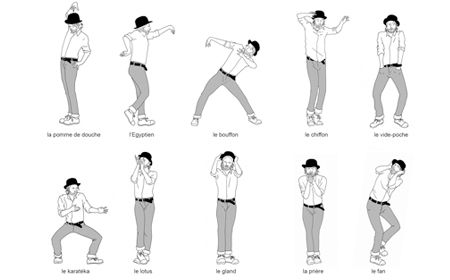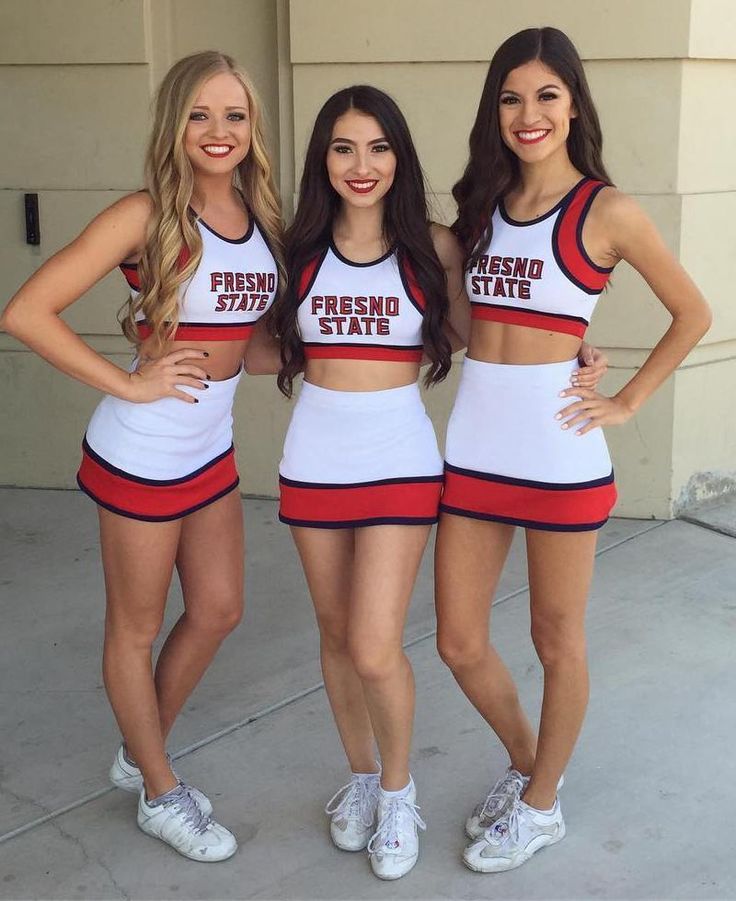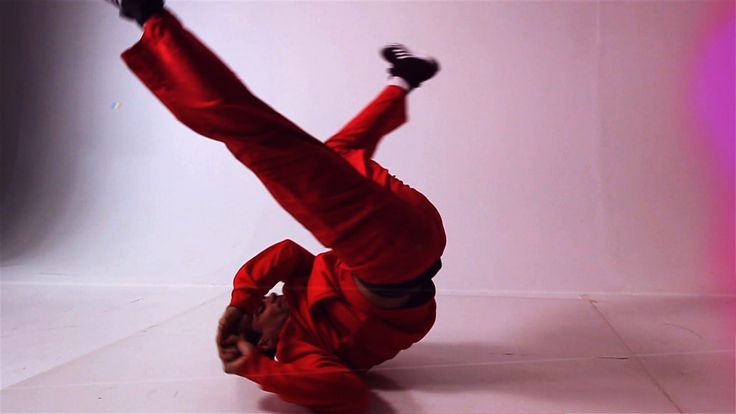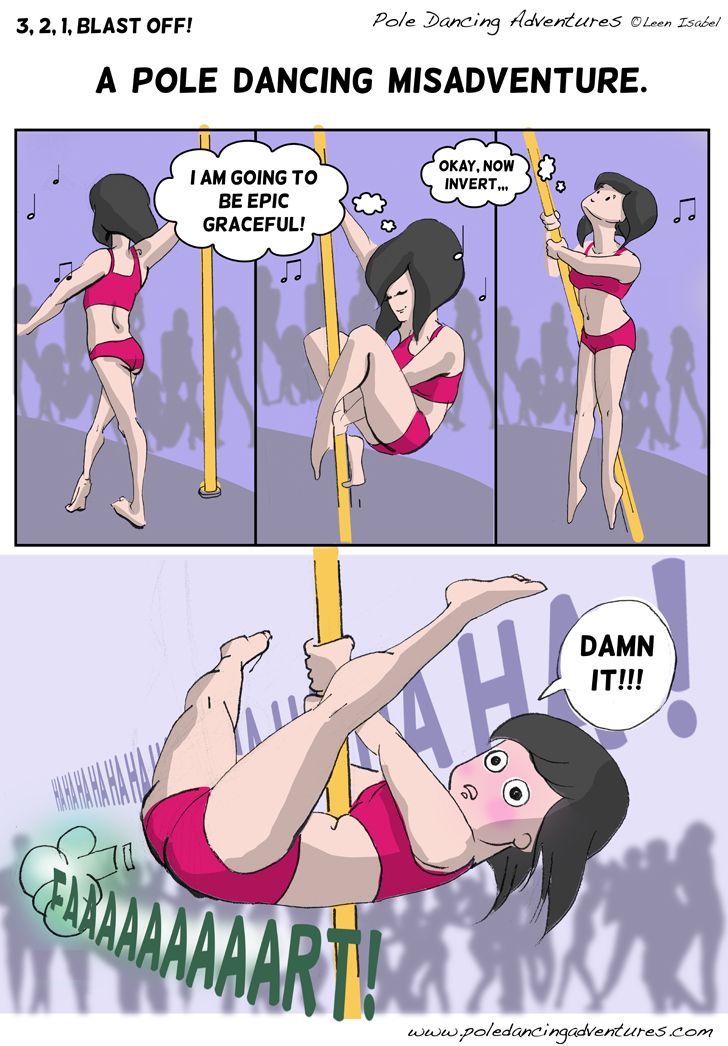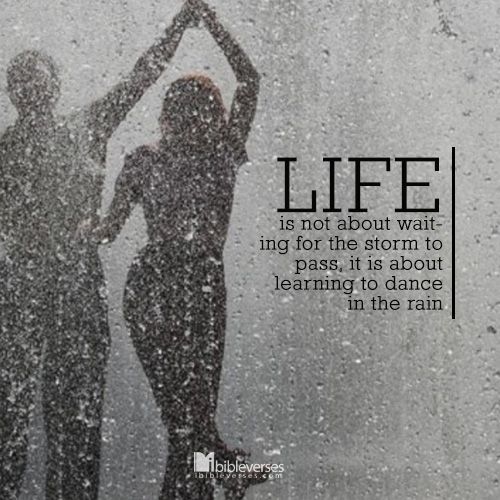How to dance with expression
Using your face for performance — A Dancer's Life
When dancers think technique, we often focus on what we consider the fundamentals of dance – basic core strength, correct use of the feet, legs and arms, beautiful lines, turn out – you get the idea. These principles are central to a good foundation in any dance genre, but often the artistic aspects can be overlooked in favour of these technical elements. Using your face alongside the movements of your body should not be an afterthought, or worse, forgotten altogether. Instead, consider the use of your face as an essential technical aspect of your dancing, both in class and performance.
Have you ever seen someone smile but you knew that they didn’t really mean it? Chances are they weren’t smiling with their eyes – and you could tell. It is certainly true that not every dance performance requires a smile, but in order to connect emotionally with the audience, your eyes should reflect the emotions of the piece. In other words, if you are going to smile, make sure that the genuine joy you’re feeling on stage is coming through in your eyes - don't force it. The same applies if you’re expressing sadness. If your movements are reflecting sorrow but your face is disengaged, there will be a disconnect with the audience and the animation in your body will be diminished. The eyes really do have it, so try to channel whatever you're feeling, be it joy, sadness, fear or passion. Practice at home in front of the mirror, focusing solely on your eyes, and see what range of expressions you can create with just the top half of your face.
It’s all very well to express emotion with your eyes, but if they are pointed at the floor, your efforts are going to waste. This can be a particular problem for dancers who are used to only dancing in a studio; in this instance your teacher is at your level, and it is all too easy to focus your face directly at them. When you move into an onstage environment however, unless you make adjustments, to most of the audience it will seem like you are looking at the floor even if you're not. This is because of the setup of most traditional theatres, where the back of the stalls and the upper levels such as the balconies and circle seating are situated well above the stage. It would be impossible to focus your performance at the upper circle seating, – it would be too extreme - but you should choose a spot above your usual eyeline, at the back of the theatre (somewhere around the top of the stalls or the first circle level), to open yourself up to the audience. The secret is not to wait until you’re in a theatre to do this. When you are in class you should be dancing with a raised eyeline; pick something on the wall to focus on, like a clock or a beam, so that this becomes second nature to you.
When you move into an onstage environment however, unless you make adjustments, to most of the audience it will seem like you are looking at the floor even if you're not. This is because of the setup of most traditional theatres, where the back of the stalls and the upper levels such as the balconies and circle seating are situated well above the stage. It would be impossible to focus your performance at the upper circle seating, – it would be too extreme - but you should choose a spot above your usual eyeline, at the back of the theatre (somewhere around the top of the stalls or the first circle level), to open yourself up to the audience. The secret is not to wait until you’re in a theatre to do this. When you are in class you should be dancing with a raised eyeline; pick something on the wall to focus on, like a clock or a beam, so that this becomes second nature to you.
So you’ve nailed the use of your eyes to convey emotion, and you’re focusing your face upwards to make the most of your audience and all that wonderful stage lighting. Now you need to mix it up. Those guidelines are basic foundations to build on, but the most successful dancers have light and shade and highs and lows both in their movements and in their facial expressions. You could simply perform every piece with a fixed smile plastered across your face, pointed upwards at your audience, and that would be monotonous and lacklustre. Nothing in dance should be forced, and the more you focus on your feelings while you dance, the more this will come through organically. So once you’ve mastered the basics, you then need to let go of any rigidity and allow your eyeline to drop or your facial expression to change when needed. If you think about your favourite performers, they will have moments of introspection and internalisation (sometimes they do look at the floor!) as well as moments of direct engagement with an audience member, even to the point of eye contact. This might seem counterintuitive to the first two steps, but in the end you want your face to go through a range of emotions to keep it interesting and draw people in.
Now you need to mix it up. Those guidelines are basic foundations to build on, but the most successful dancers have light and shade and highs and lows both in their movements and in their facial expressions. You could simply perform every piece with a fixed smile plastered across your face, pointed upwards at your audience, and that would be monotonous and lacklustre. Nothing in dance should be forced, and the more you focus on your feelings while you dance, the more this will come through organically. So once you’ve mastered the basics, you then need to let go of any rigidity and allow your eyeline to drop or your facial expression to change when needed. If you think about your favourite performers, they will have moments of introspection and internalisation (sometimes they do look at the floor!) as well as moments of direct engagement with an audience member, even to the point of eye contact. This might seem counterintuitive to the first two steps, but in the end you want your face to go through a range of emotions to keep it interesting and draw people in.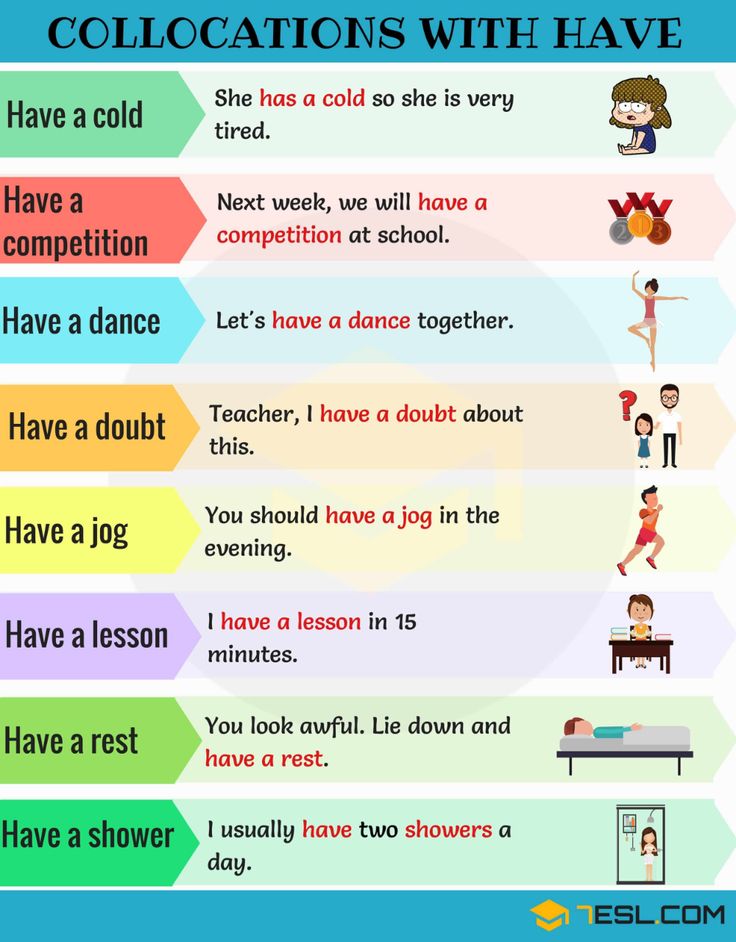 Just be aware of your audience, and try to keep yourself fairly open to them so that your face can still be seen even when you aren't looking straight ahead. And remember: this will take practice!
Just be aware of your audience, and try to keep yourself fairly open to them so that your face can still be seen even when you aren't looking straight ahead. And remember: this will take practice!
No, we aren’t suggesting you make up your dance as you go along, unless you’re doing an improv piece! We do suggest however that you think carefully about your makeup choices for every performance. We know it’s not actually a part of your dance technique, but it makes a big difference on stage, and in the studio too, if you wear makeup to class. If you are wearing extremely heavy or dark eye makeup, you can actually limit the expression that comes through on your face as your eyes will be partially obscured or hidden. Equally, if you aren’t wearing enough (probably a more common mistake), your facial features will disappear under the bright lights and no matter how beautiful your performance is, some of it will inevitably be lost.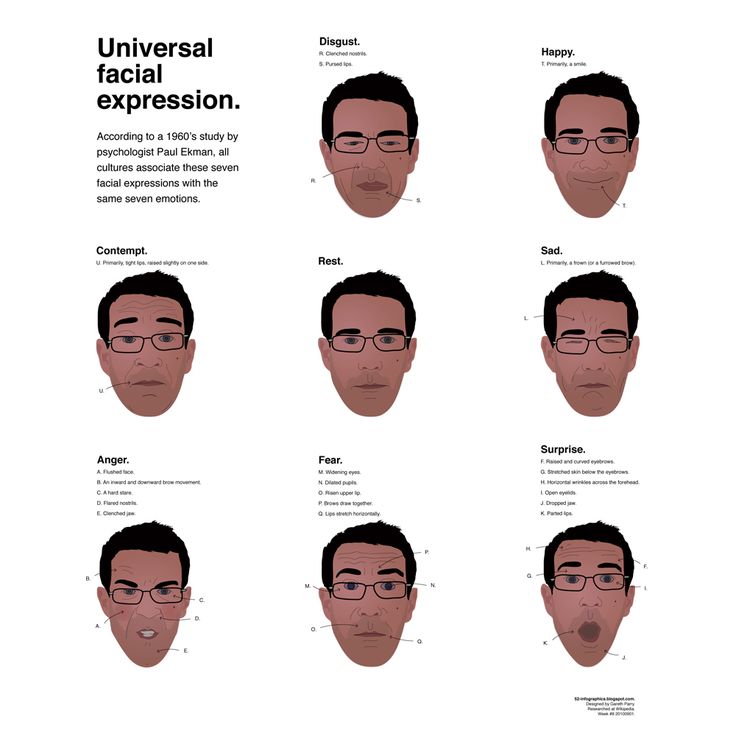 Getting the balance right can take practice. Thankfully we’ve got a handy how-to video below to help you make the most of your features, so make sure you check it out now so you're ready for your next theatrical debut.
Getting the balance right can take practice. Thankfully we’ve got a handy how-to video below to help you make the most of your features, so make sure you check it out now so you're ready for your next theatrical debut.
Finally, the biggest thing to remember is that dance is a means of emotional expression. Whether you are in class or on stage, you will be feeling a certain way when you dance, and the key to a great performance is to get out of your head and live in every step. When you’re truly in the moment, it will shine through on your face. So it is important to master some basics, but eventually you want to reach a point where your face is naturally as much a part of the performance as the beautiful movements your body is making. Just relax and enjoy the journey, and your face will light up the stage!
Dara wears our Princess Line Camisole and Wrap Skirt in Burgundy.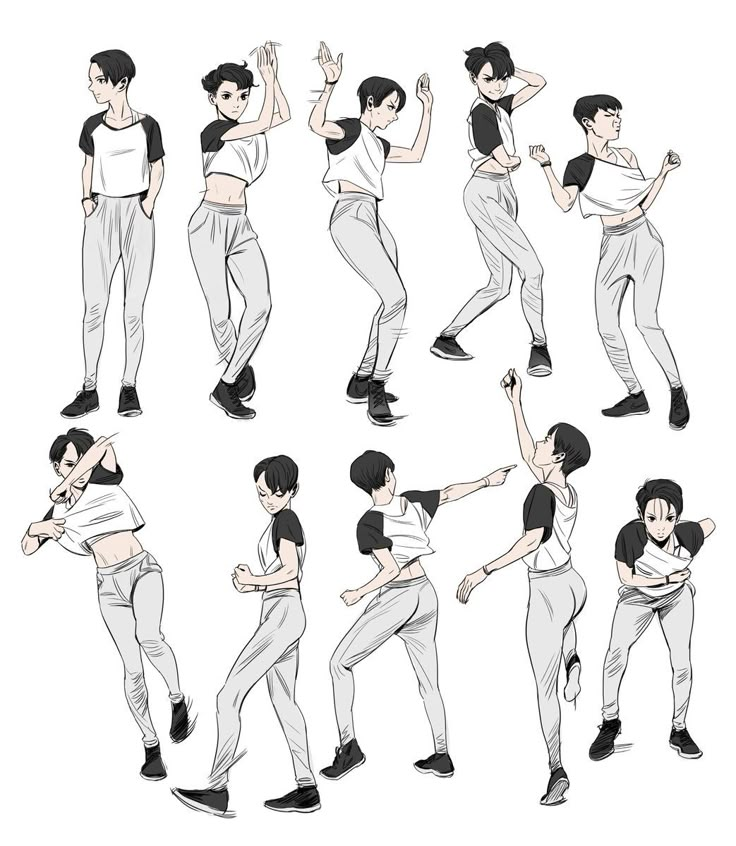 Shop her look below:
Shop her look below:
Article by Emily Newton-Smith
Read More:
Opportunities Abroad: The Cruise Ship Dancer
Ballet 101: The art of Pirouettes
Energetiks talks with Laurretta Summerscales
Dance Advice, New to Dance, Advice + TipsEnergetiksdance technique, dance, performance, dance class, Emily Newton-Smith, dance adviceComment
0 LikesHow To Use Facials When You Dance
Have you ever seen a video of yourself dancing and thought:
Wow, what am I doing with my face?
Yup, we’ve all been there.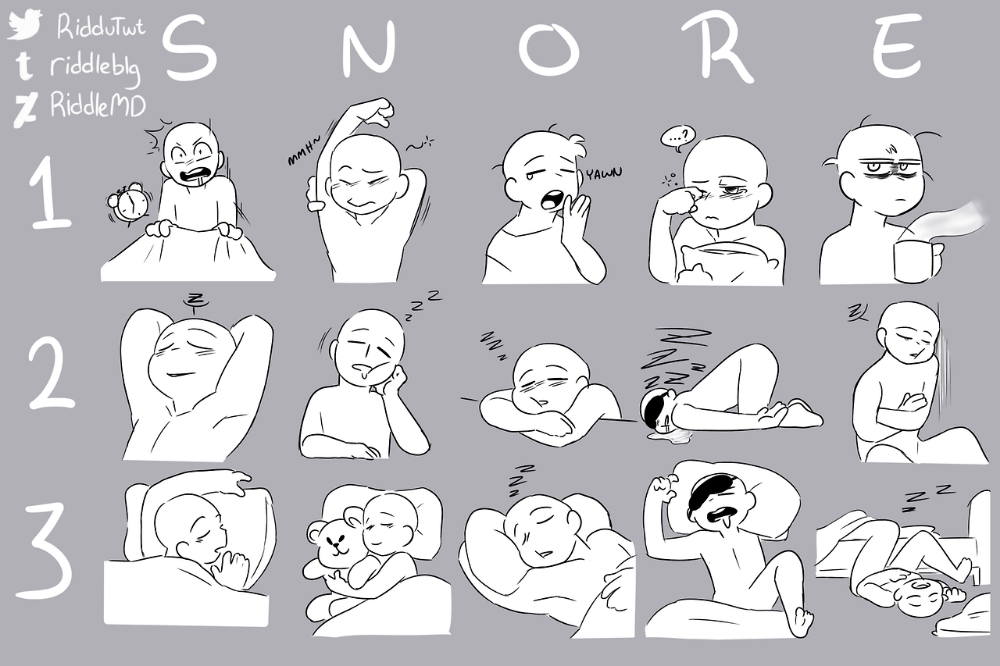
Most of us are taught that adding facials (AKA working on your facial expressions) is a part of the training process that comes at the end.
However, facials are actually an important piece of the puzzle!
We use our entire bodies to dance.
Is your face not a part of your body?
Exactly.
So if you’re struggling to figure out how to make your face a part of your performance, here are four ways to incorporate them into your daily dance practice.
This piece of advice might just be the most overused four words in all of the dance community, but it’s overused and good advice for a reason.
The music is the source of inspiration and the starting point when creating choreography.
So when you’re working on your facials, concentrate on the actual lyrics of the song.
Your goal is to understand the musician’s emotions, then convey those emotions on your face while you dance!
If the artist is telling a powerful, emotional story through their song, practice facial expressions that convey anguish, heartbreak, and anger in the mirror.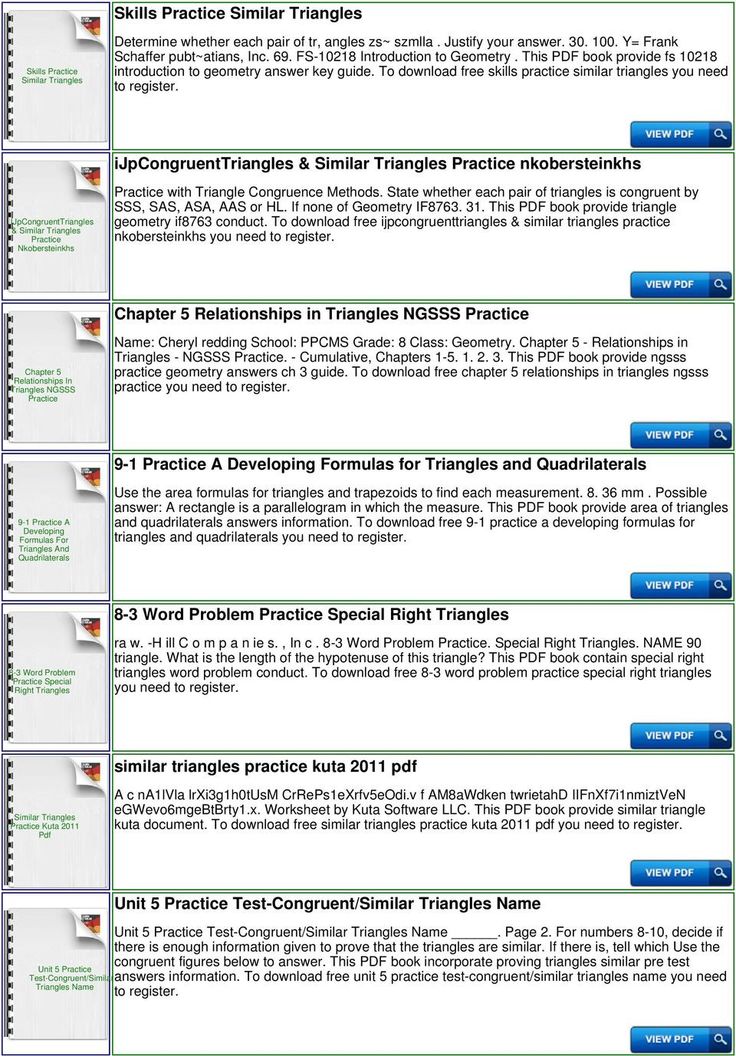
Or if the artist sounds triumphant and proud when they sing a certain line, practice a look of pride in the mirror by giving a confident smirk.
And once you’ve practiced these expressions a few times, try adding them into your run-throughs of the choreography.
P.S if you’re not sure what facial expressions to make, imagine you’re a character in a movie. What would be happening in this scene while this song is playing?
This is an exercise that Contemporary dancers love to use, and since they're masters of storytelling, you can rely on their facial expression expertise when you're doing any dance style!
If you're not sure how to tap into the story, check out Karen Chuang's "Intro to Contemporary" dance program on STEEZY Studio for free!
Just click here to start.
#2 MAKE SURE YOUR FACIALS FITOnce you understand the song’s emotions and the story that you’re trying to tell, your next step is understanding when to serve those matching faces.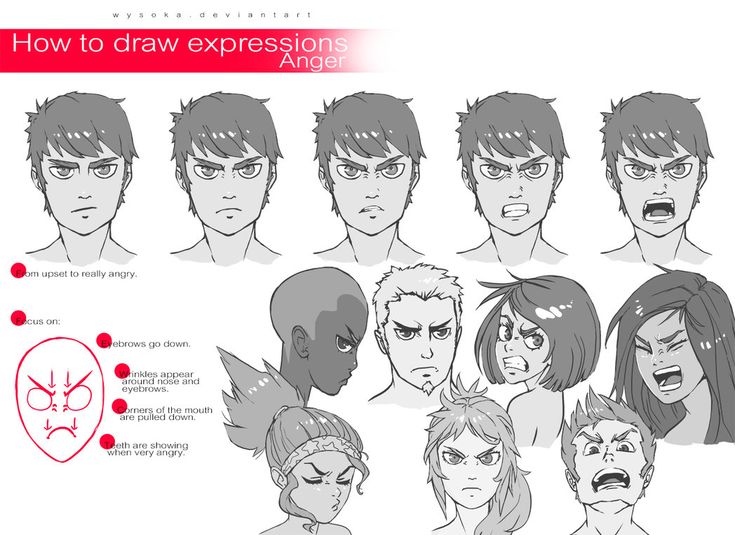
It’s all about finding your moment.
Let’s say you’re dancing to a song that’s all about being a bad b*tch who’s flexing on her haters… but the song starts out with lyrics about how the musician used to be insecure and picked on.
You probably don’t want to start dancing with a super confident look on your face, right? Instead, save that facial for the inevitable chorus where the musician’s belting about how she overcame those haters and now she feels amazing.
You also want to make sure that you use facials when the music itself has something to say.
For example, in an Adele song, great facial moments might happen when the music swells, the pace gets a bit faster, or when her high notes and ad libs come in a bit stronger.
There are also some music artists who are, as we say in the dance community, more conversational.
This could include the intros of many Hip Hop and R&B songs that start with the artist talking.
Think the intro to Usher’s “Let it Burn” or the bridge in Britney Spears’ “Oops I did it again.”
These are great moments to embody a character and practice connecting with your audience through your facial expressions.
#3 AVOID THE PANIC FACENow that you’ve spent some time perfecting great facials, the next step is ensuring that your facial performance goes smoothly.
Because, trust me, we’ve all had that experience of doing something a million times in practice, then panicking/messing up the moment we have to perform.
And that brings… the panic face.
It’s the one that shows up right after you make a mistake mid-performance!
You have to remember that your audience has no idea what the “CORRECT” choreography for any performance is supposed to be.
They’ll only know that you messed up by your facial expressions.
The best practice to avoid “panic face” is trial and error.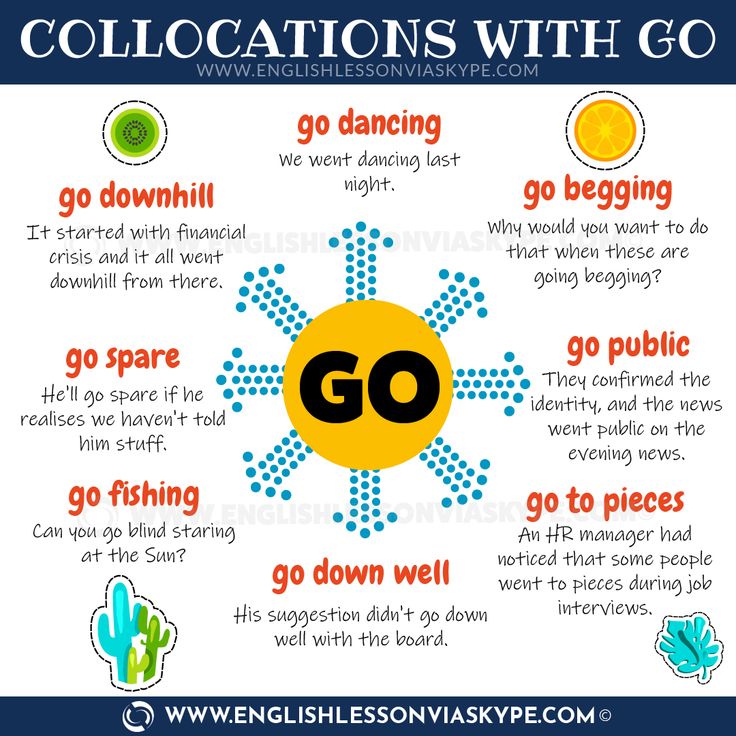
During your normal daily dance practice, notice what faces you immediately make after messing up.
If you’re not sure what you look like, try videotaping yourself when you’re in the process of learning a new piece!
Then try to turn that “mess up face” into an expression that does not give away the fact that you just messed up – this face can be blank, it can be a confident, “psh, that didn’t even happen” face, or it can even be a moment where you look away from the audience while you regain your composure.
Looking for more performance tips? Check out 7 Easy Ways To Kill It On Stage
All of this time you’ve spent choreographing your face can help you create a more memorable performance, but at the end of the day, the best performances are the ones where you lose yourself in the moment!
Forced expressions will feel over the top.
So if you watch yourself perform and the facials look out of place, take a step back and tone it down by doing a few run-throughs of the choreography where you’re not thinking about when to use facials.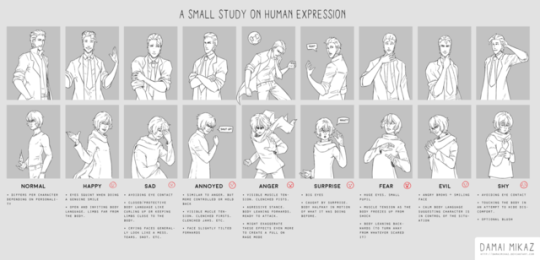
This time, the practiced facials that feel “right” should appear on your face regardless, while the ones that don’t feel authentic should fall away from your routine.
Again, trial and error is your friend.
Pay attention to how you’re actually feeling when you dance and just let your face reflect those feelings!
—
I hope this guide to facials is helpful for your dance journey!
Dance is a full body activity.
You don’t have to relegate facials to the end of your learning process.
Let your face show how you feel. :)
Dance Movement Therapy: How to Know and Change Yourself Through Movement
February 28, 2017 Health
Your plasticity and the way you move directly affect self-esteem and emotional reactions. You can learn and change your personality with the help of natural dance.
Iya Zorina
Author of Lifehacker, athlete, CCM
It is impossible not to be able to dance.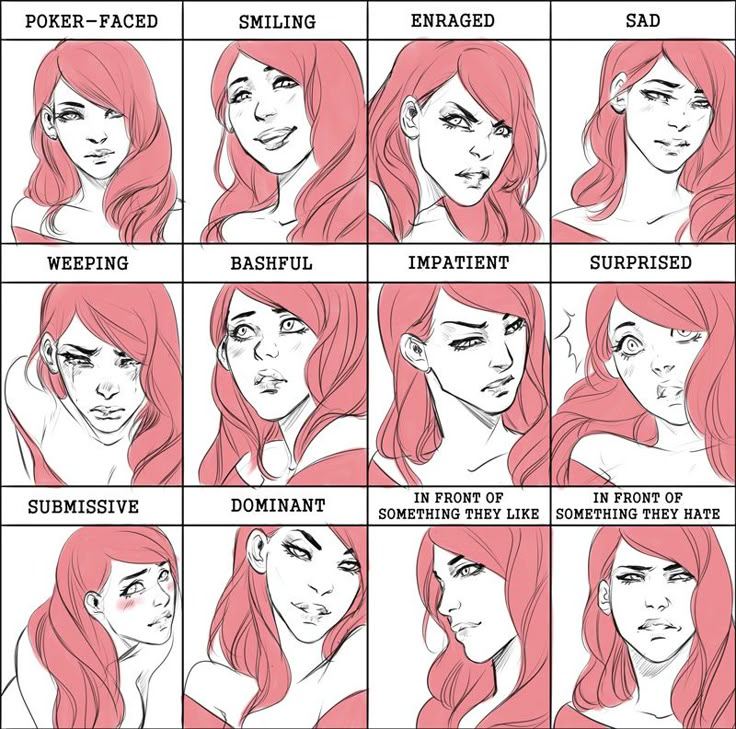 It's the same as not being able to run or jump. Yes, you may not be able to dance rumba or salsa, but you can dance. It doesn't need to be learned. This is the natural activity of our body. nine0003
It's the same as not being able to run or jump. Yes, you may not be able to dance rumba or salsa, but you can dance. It doesn't need to be learned. This is the natural activity of our body. nine0003
People danced around the fire long before the first dance styles were invented. One-year-olds dance to the music - they squat, spin around themselves, wave their arms. They never learned to dance, they already know how. Same as you.
Why is it important to dance
Dance can affect not only the body. It can change your thoughts, attitude towards yourself and others.
Have you ever noticed that all emotions are immediately reflected in the body, and the position of the body affects how you feel? Here is a great account by social psychologist Amy Cuddy about this. nine0003
Our body language determines what we think of ourselves. It depends not only on others, but also on ourselves. The body changes consciousness.
The body changes consciousness.
Amy Cuddy
Moreover, body behavior is directly related to thinking, feeling and feeling. Moshe Feldenkrais' book Awareness Through Movement: Twelve Practical Lessons mentions the inextricable link between muscle contractions and feelings.
Moshe Feldenkrais
engineer, psychologist, founder of the human development system through movement. nine0003
Behavior is the mobilization of muscles, sensations, feelings and thinking. Theoretically, each of the components can be used as the main one. But the muscles play such an important role that if their patterns in the motor cortex are excluded, the rest of the components of this action are disintegrated.
Feldenkrais notes that the motor part of the cerebral cortex, responsible for the contractions of the muscles of the body, is in close proximity to the structures that control thinking and feeling. Due to this arrangement, as well as the diffusion and spread of the process in the brain, changes in the motor part cause changes in thinking and feelings. nine0003
nine0003
In addition, the body is able to remember the positions in which it spends most of its time. If you often experience negative emotions, they freeze in the body and turn into movement patterns. If you constantly experience fear, insecurity, embarrassment, you shrink, pull your head into your shoulders, stoop. The muscles responsible for these positions get used to being constantly in tension. To relax them, you have to make a conscious effort.
It turns out a vicious circle - emotions form muscle clamps, constant tension feeds emotions, and you can no longer get rid of this situation so easily. nine0003
The good news is that in this way you can not only get a bad habit, but also correct it.
A fundamental change in the basis of the single integration pattern will destroy the connection of the whole. Under such conditions, it is easier to change thinking and feelings: the habit has lost its main support, change has become possible.
Moshe Feldenkrais
The body can't lie
We place so much emphasis on verbal communication when 60 to 80% of information is transmitted non-verbally.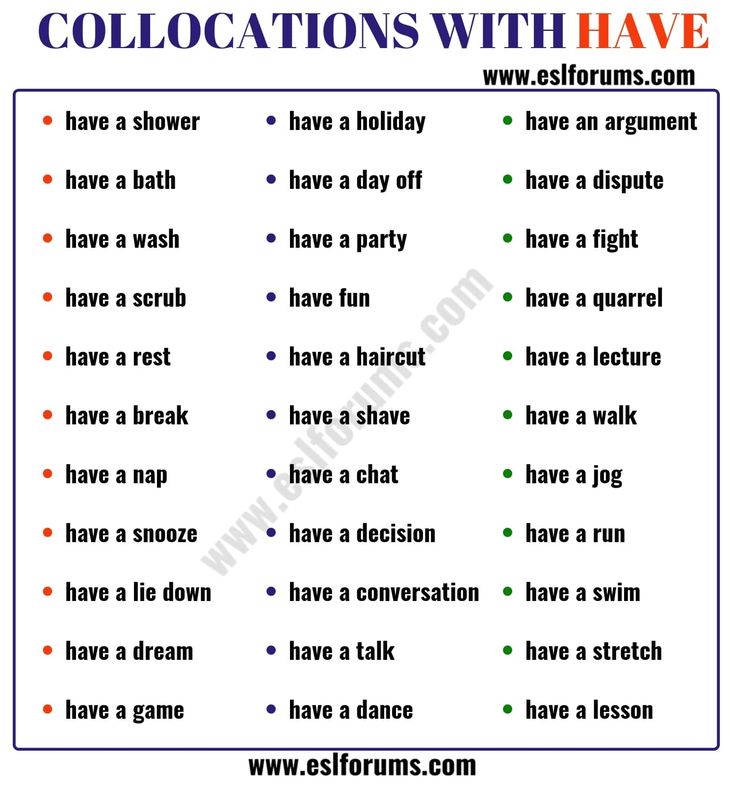 This means that all muscle clamps directly affect how other people perceive us. You can lie with words, but the body does not lie, and others read it. nine0003
This means that all muscle clamps directly affect how other people perceive us. You can lie with words, but the body does not lie, and others read it. nine0003
It's much worse when you start lying to yourself without realizing it. Social attitudes that interfere with you and fear learned in deep childhood - all this forms a picture of yourself, creates psychological blocks and limits your potential.
To understand what is preventing you from living and get rid of it, dance is useful - a real authentic movement, without memorized schemes and patterns.
Natural dance for self-discovery
holistic-dance.atBody movements show who you are and what you think of yourself, while natural dance tells your story. nine0003
Why not just go to the dance? Any dance is great if it brings you pleasure. Moreover, through changing muscle patterns, you can change your character. You can choose any dance direction.
But all dance styles have one major drawback compared to authentic movement - they don't tell you anything about you.
We can observe how natural practice gradually gives way to acquired methods. Society generally denies the individual the right to use the natural method, forcing him to master the accepted mode of action, and only then allows him to work. nine0003
Moshe Feldenkrais
The natural method reveals your personality and allows you to get to the bottom of your problems. This is the moment when the movement turns into psychotherapy and a way of knowing yourself.
How to cognize and change yourself through movement
There is a special area of psychotherapy - dance movement therapy (TDT). And authentic (natural) movement is part of it.
If there are TDT or authentic movement courses in your city, study with professionals. If this is not possible, but you want to try, we will show you how to start. nine0003
Dance analysis
In authentic dance, it is important to monitor your emotional state, how movements are reflected in feelings. This is a kind of meditation that requires full concentration.
You can start with some kind of experience or focus on your feelings for a person, attitude to work, hobby, anything. Thought will generate movement.
The session can be divided into several steps:
- Concentration on internal sensations. nine0084
- Choice of vivid experience and movement.
- If a particular movement arises, you concentrate on it, repeat it, intensifying the emotion it evokes.
Let's look at an example. You begin to move with the thought of a relationship with a person, you notice a sharp chopping movement of your hands from top to bottom. You repeat this movement, watching what emotions it causes - rejection, rejection, anger.
You are pulling out hidden emotions from the subconscious. In addition, by experiencing emotions in dance, you release repressed experiences that can influence your life - give rise to fears, keep you from moving forward. nine0003
If you are not yet ready for a session with another person, you can record your dance on camera and then analyze it.
Couple Therapy
Even more interesting and effective is a couple session where one person dances and the other one watches. This is the basic structure of authentic movement, consisting of the mover and the witness.
The witness performs several functions:
- Provides security. During the dance, everything is allowed - you can look around, in the mirror, only up or down, move with your eyes closed. You can jump, crawl on the floor, move sharply in different directions. It is clear that in such conditions you can stumble on something, fall or crash into nearby objects. So one of the functions of a witness is to keep you safe from danger. nine0084
- Provides feedback. While moving, you can plunge into the unconscious, your emotions and sensations and not track any connections or side emotions. The witness must be sensitive and not lose concentration on your movement, so that after the session he can describe what happened, what feelings arose in response to your dance.
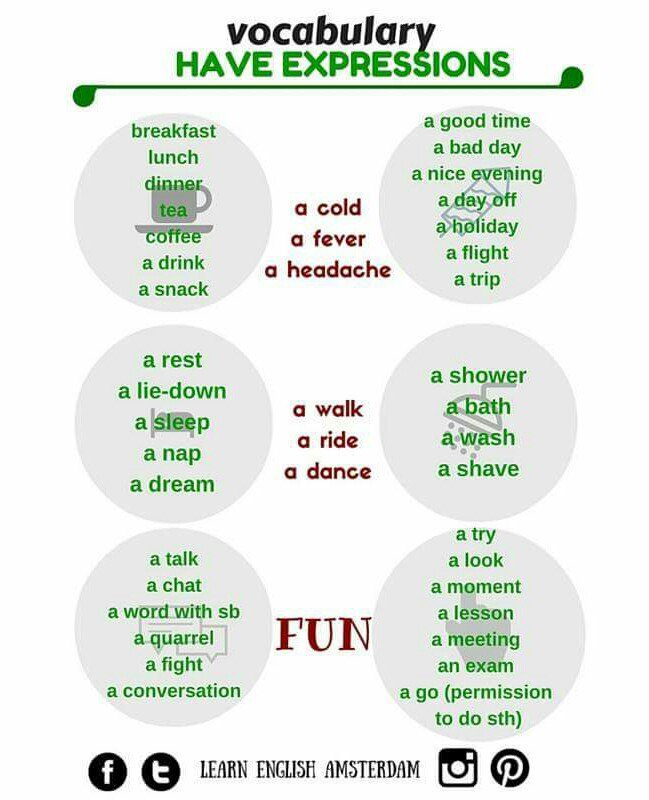
In this case, the witness should not make specific judgments about your movement or about any parts of the dance. After the session, you will be able to discuss the dance. nine0003 spazionu.com
Let's say you say what you felt or imagined while slowly crawling across the floor, and ask the witness what associations or feelings this movement aroused in him. Together, you can create a more accurate picture of what is happening. Someone else's vision can lead you to interesting thoughts.
Just do not force a person who is not ready for this to be a witness. You may come across criticism, misunderstanding, lack of empathy and concentration. nine0003
Who is authentic movement for
This practice is not for everyone. On the one hand, this is not a dance in the general sense of the word, but rather a psychotherapy in motion. On the other hand, this is a dance in its original version - the expression of emotions through plasticity, revealing oneself in motion.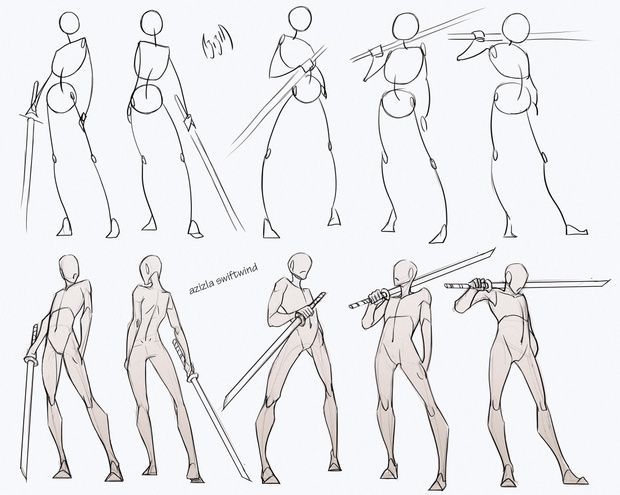
Authentic movement will suit:
- Those who have poor control over their body.
- People who want to know more about themselves, remove psychological blocks, live emotions driven deep into themselves. nine0084
- Dancers who want to express their own emotions in dance, and not live someone else's, discover new ways of plastic expression.
Dancing does not require the ability to sit on the splits, perfect sense of rhythm, athletic build, knowledge and skills. All you need is your body, emotions and music. Turn on music, drums, a metronome, or listen to silence. Make a few movements and let the emotions and sensations guide your body. Dance.
Artistry and emotional expression in dance – School of ballroom dancing in Ivanovo
Artistry and emotional expression in dance
Starting to learn to dance, people mainly focus on learning a certain set of movements and then practicing them.
Indeed, in dancing technique is a very important point, but without a bright emotional coloring, one will never be able to convey the real character of the dance. Artistry in dance is as important as a well-trained body and this also needs to be learned.
Artistry in dance is as important as a well-trained body and this also needs to be learned.
Many things prevent dancers from fully revealing themselves in the dance, conveying certain emotions and, accordingly, enjoying the performance. nine0003
Some people can't get away from everyday problems, others think only about the dance technique, and for some, external stimuli such as the attention of the public, unfamiliar surroundings are a serious emotional block.
Because you need to find a way to distract yourself where there is nothing but you, your music and your emotional reaction to this music. Choose a melody that touches your soul, evokes passion, love, sadness, or vice versa - improves your mood. nine0003
Speaking of pair dancing, it is especially important to note the emotional interaction with a partner . In ballroom dancing, there is always a relationship between a man and a woman, and how artistic the partners will be with each other depends on their compliance with the nature of the dance.
A very important point here is eye contact . Partners do not just look at each other, but play with their eyes a kind of game that ignites emotions. One has only to look away or think about something, as this emotional outburst fades away, and the dance becomes aerobics, which does not give pleasure to either the dancers or the spectator. nine0003
Of course, it is possible that eye contact is lost in the dance variations, but in this case the "feeling of a partner" should not be lost. Feeling the partner with the whole body to emotionally convey these sensations is the main task of the dancers.
Dance and emotional expression in it is part of the game - and it's better to overact than to look stiff. An excess of emotions is not so common, but a lack is all the time. In the dance, the face and body, especially those of the partner , must radiate confidence and pleasure - and this is an extremely important moment on the way to dance success.
Just as in training we do not always dance at full speed, so with emotions - we do not throw them out in every dance. But at the stage when you have learned the composition and the technique of its performance suits you, you need to go through it in “full pace” with maximum emotional expression.
The female part is much more emotional in the dance than the male part.
And here we can advise the girls to be completely relaxed in their emotions, to express the nature of the dance without hesitation. nine0003
Some people, due to natural features, are cheerful, carefree, optimistic, joyful, and all this spills over in the dance.
Such excellent qualities will lead to success in bright dynamic dances - cha-cha-cha, jive, quickstep and samba, but more sensual dances will have to be worked on.
Your natural inclination to certain dances should not be an obstacle to the successful mastering of different styles and directions in dances.